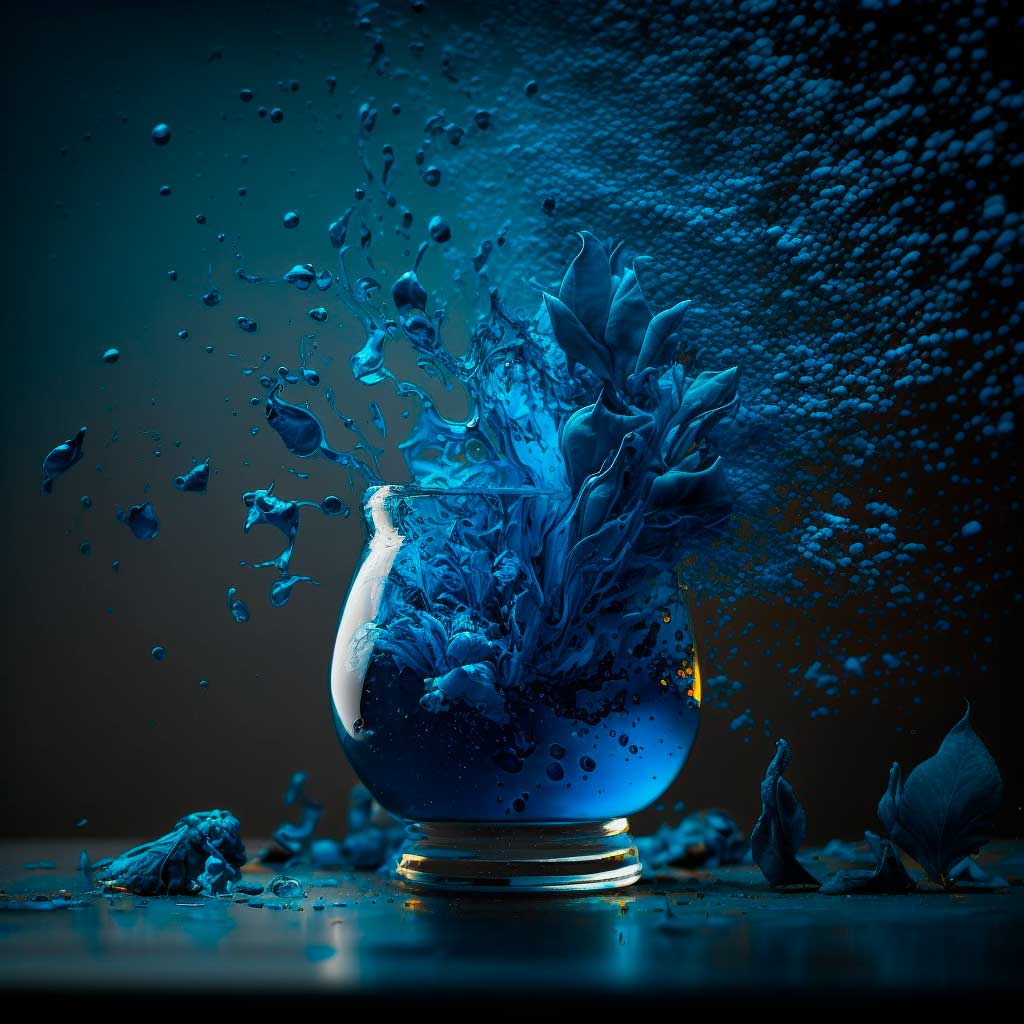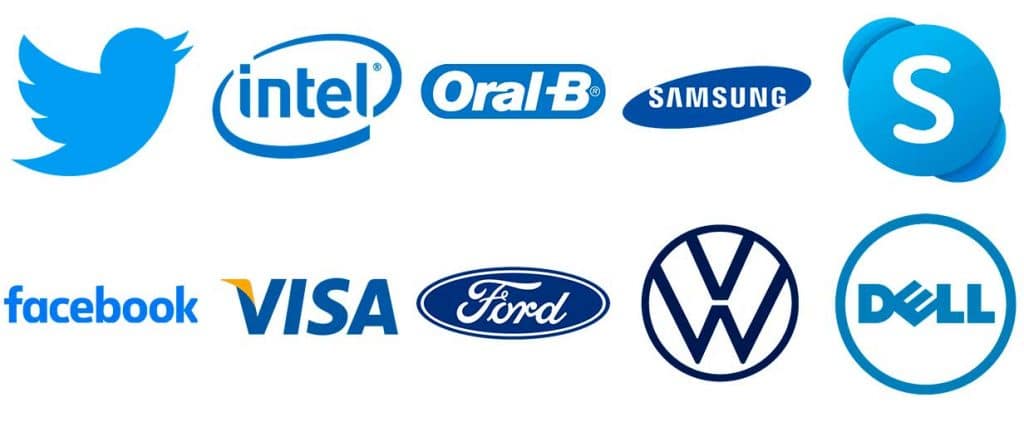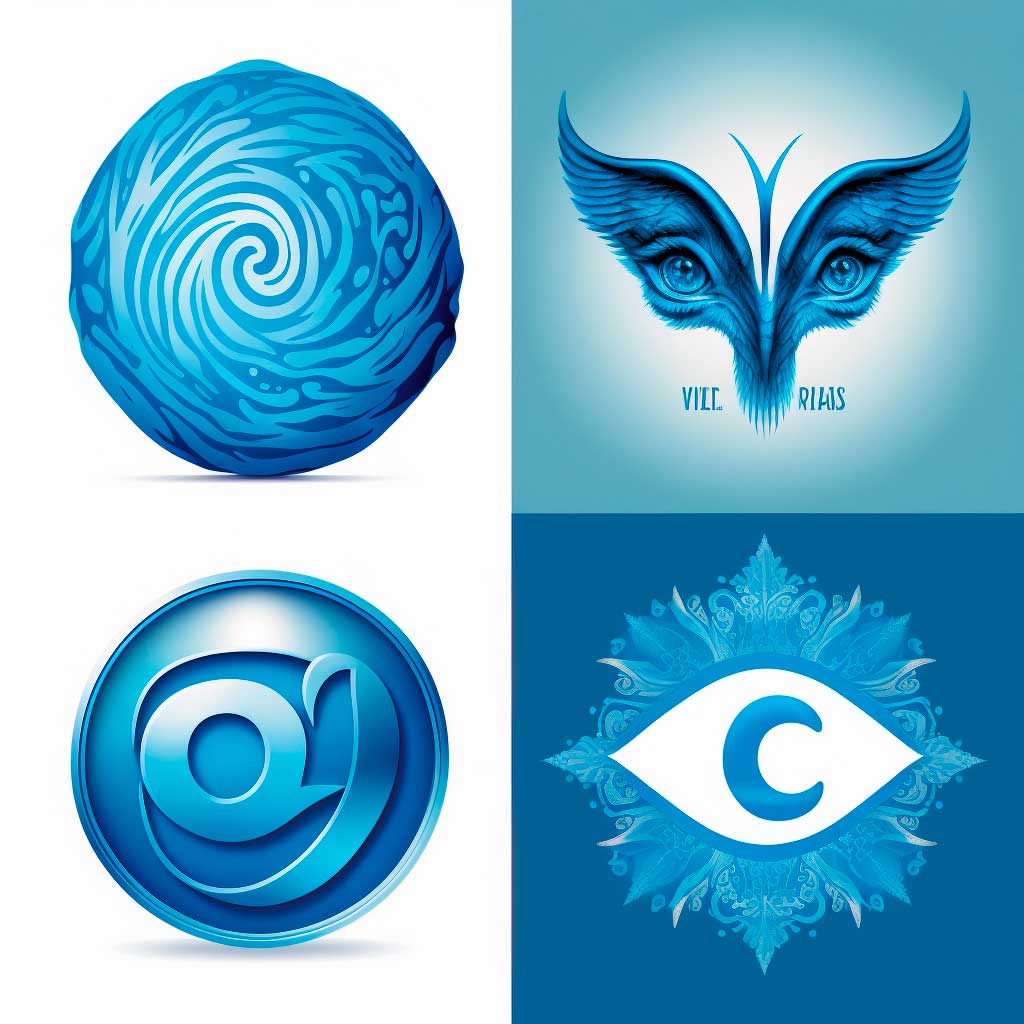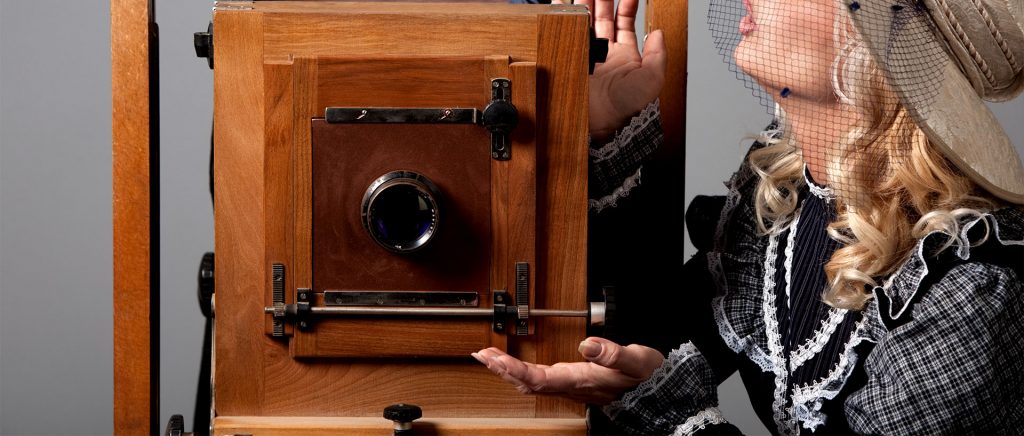Blue is the color of the sky and the ocean, and is associated with trust, wisdom, and serenity.
In this blog post, we will explore the psychology and meaning of the color blue, and learn why this color is so important in our lives.

Psychology of the color blue
The psychology of color is a fascinating and complex topic that has been widely studied by researchers in various fields.
Undoubtedly one of the most discussed colors by experts, in terms of psychological effects, is blue.
According to many theorists, this color is often associated with feelings of calm and peace, making it an ideal choice for places like hospitals, nursing homes, and other environments intended to promote rest and stress relief.
In addition, blue also has positive effects on brain activity in terms of concentration and focus, so it is a popular choice for workplaces or study areas.
In general, it seems clear that the psychology of the color blue plays a fundamental role in our day to day, whether we realize it or not.
And although the effects of blue seem to be especially well-studied and documented, it’s important not to overlook the potential power that other colors can also bring.
Psychological meanings of the color blue

According to psychology, the color blue means:
- Sadness
- Loneliness
- Peace
- Tranquility
- Royalty
- Power
- Coldness
- Calm
- Trust
What does it mean in other cultures?
In many cultures, the color blue is associated with different meanings:
For example, in Indian culture, blue is often considered a color that represents strength and courage, while also being associated with water and with positive qualities such as purity and cleanliness.
Likewise, in Chinese culture, blue signifies a symbol of perfection and nobility.
And in Islamic cultures, the shade of blue known as “madder” has strong religious connotations, representing sanctity and the sacred.
In general, it is clear that the meaning of the color blue varies greatly among different cultures, which highlights the immense cultural diversity that exists today in the world.
The color blue in marketing and advertising

The color blue is widely used in marketing and advertising, as it is known to evoke feelings of calm, trust, and reliability.
This sense of reliability makes it a very effective marketing tool, as consumers are likely to respond positively to brands that incorporate the color blue into their visual identity.
In fact, many companies intentionally choose shades of blue that convey a specific impression in the mind of their target audience.

For example, some brands may opt for brighter shades or a more vibrant hue, to express energy or enthusiasm.
Others choose softer tones or paler colors to convey a sense of serenity or coolness. It is clear that the color blue is one of the most powerful tools in any marketer’s arsenal.
So if you want your brand to stand out among the rest, why not consider adding some blue?
After all, being seen as someone reliable and trustworthy will greatly contribute to establishing your company as a leader in its field.
Conclusion about the meaning of the color blue
It has been shown that blue is a psychologically persuasive color in marketing and advertising.
With the right strategy, you can use blue to create an emotional response in your customers that boosts sales.
Keep in mind the different meanings of the color blue around the world and use this knowledge to create specific campaigns that resonate with your target audience.
Have you tried using the psychology of the color blue in your marketing or in any other area of your life? What results have you achieved?
Tell us in the comments!








